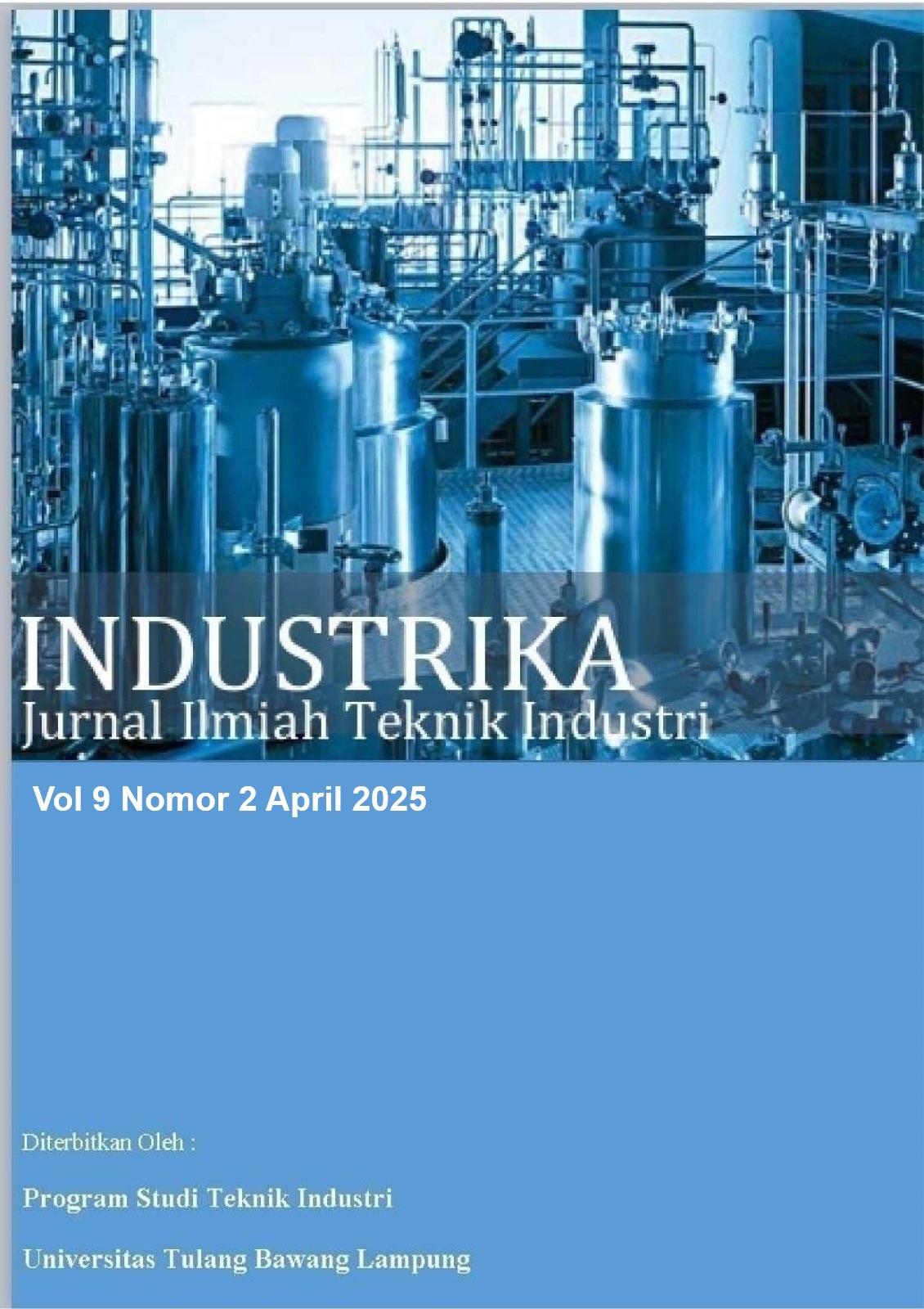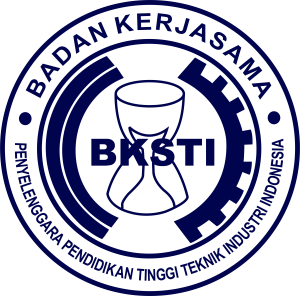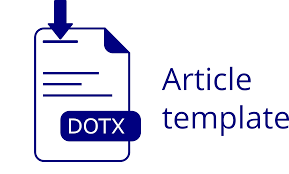Perakitan Part Bodi Mobil Plant 1 PT TMM menggunakan Sistem Karakuri dalam Mengurangi Pemborosan Gerak Pemindahan Part Upper Arm SUV
DOI:
https://doi.org/10.37090/indstrk.v9i2.2187Abstract
This research was conducted to address the issue of motion waste in the process of transferring the Upper Arm SUV part during vehicle assembly at PT TMM. Based on field observations, it was found that the process cycle time, with a standard of 150 seconds, was not achieved and required an average of 241 seconds. Process analysis revealed that the transfer of the Upper Arm SUV part involved additional manual movements, such as pushing the dolly containing the Upper Arm part to the assembly position and manually handling empty part boxes. This prolonged the process time and reduced operational efficiency. To resolve this issue, this study implemented a Karakuri system that utilizes gravity for transferring Upper Arm SUV part boxes to the rack. The results demonstrated that the implementation of the Karakuri system significantly reduced unnecessary movements, improved operational effectiveness, and shortened the part transfer process time. Consequently, the standard cycle time for part transfer was achieved less tha 150 seconds.
Keywords: Karakuri, Line Front Axle, Muda Gerak, Transfer Upper Arm SUV
Downloads
References
Anshori, M., Suparno, & Arif, D. (2025). Waste analysis on the production floor and proposed improvements using a lean manufacturing approach aluminium manufacturing company in East Java, Indonesia. International Journal of Process Management and Benchmarking, 19(1), 131–146.
Arbelinda, K., & Rumita, R. (2017). Penerapan lean manufacturing pada produksi ITC CV. Mansgroup dengan menggunakan value stream mapping dan 5s. Industrial Engineering Online Journal. Program Studi Teknik Industri, Fakultas Teknik, Universitas Diponegoro, 6(1).
Ardyansyah, M. I., & Purnomo, A. (2024). Analisa Perbandingan Metode Failure Mode and Effects Analysis (FMEA) dengan Quality Control Circle (QCC). Jurnal Pendidikan Tambusai, 8(1), 1876--1882.
Aribowo, B., & Kushandayati, K. (2010). Analisis Pengendalian Kualitas Cacat Bintik Untuk Produk Hyundai Atoz (Type Mx) Di PT Hyundai Indonesia Motor. J@ti Undip: Jurnal Teknik Industri, 5(3), 217–224.
Baisalim, M., & & D. S. (2022). Literature Review of Quality Control Circle (QCC) and Implementation Recommendation to the Defense Industries. Jiemar.OrgMF Baisalim, D SoediantonoJournal of Industrial Engineering & Management Research
Fachry Hafid, M., Muh Syukur Yusuf, A., & Sulawesi Selatan, M. (2018). Analisis Penerapan Quality Control Circle Untuk Meminimalkan Binning Loss Pada Bagian Receiving PT. Hadji Kalla Toyota Depo Part Logistik Makassar. Journal of Industrial Engineering Management, 3(2), 1–7.
Haryanto, E. V., & and others. (20213). Penerapan Metode SMART Dalam Pemilihan Supplier Bahan Baku Pada PT. Belawan Deli Chemical Industry. Jurnal Info Digit (JID), 1(2), 474–487.
Irawan, A. P. (2017). Perancangan & Pengembangan Produk Manufaktur. CV. Andi Offset.
Muktamar, A., Iswahyudi Muhammad Subhan, Salong, A., & Wote, A. Y. V. (2023). MANAJEMEN PENDIDIKAN : Konsep, Tantangan, dan Strategi di Era Digital - Ahmad Muktamar, Muhammad Subhan Iswahyudi, Amjad Salong, Alice Yeni Verawati Wote, Rahmatiyah Rahmatiyah, Slamet Riyadi, Maryani Kusumawati, Lilis Rohaeti, Ferdinand Salomo Leuwol - Google Buku.
Nursanti, I., Musfiroh, F., & and others. (2017). Penerapan Lean Warehouse Pada Gudang Produk Jadi Cv. Bumi Makmur, Karang Tengah, Wonogiri Untuk Meminimasi Pemborosan. Jurnal Ilmiah Teknik Industri, 5(2).
Osman, M. N. Bin. (2022). Conseptual Analysis of Lean Principles andt Tools in Manufacturing Industries. Universiti Sains Malaysia.
Syahrullah, Y., & Izza, M. R. (2021). Integrasi FMEA dalam Penerapan Quality Control Circle (QCC) untuk Perbaikan Kualitas Proses Produksi pada Mesin Tenun Rapier. JURNAL REKAYASA SISTEM INDUSTRI, 6(2), 78–85.
Syahuri, W. A. F. A., Amien, M. A. J., Afandi, C., Choirul and Radianto, Denny Oktavina, & and others. (2024). Penerapan Prinsip Lean Management dalam Meningkatkan Kinerja Industri Perkapalan: Kajian Literatur. Globe: Publikasi Ilmu Teknik, Teknologi Kebumian, Ilmu Perkapalan, 2(2), 52–72.
Trisanti, Susanto, D., & Atmadja, I. H. (2024). View of Analisis Kinerja Mesin CNC Milling 3 Axis pada Pembuatan Pipa Jet Oil.
Trojanowska, J., Kolinski, A., Galusik, D., Varela, M. L. R., & Machado, J. (2018). A Methodology of Improvement of Manufacturing Productivity Through Increasing Operational Efficiency of the Production Process. Lecture Notes in Mechanical Engineering, 0, 23–32.
Yu, Z., Huang, X., & Jia, H. (2021). Design of the Lower Control Arm of an Electric SUV Front Suspension Based on Multi-Disciplinary Optimization Technology. Jordan Journal of Mechanical & Industrial Engineering, 15(1).
Zahra, L., & Purwanggono, B. (2018). Meningkatkan Produktivitas Report dengan Menetapkan Standar untuk Mengurangi Lead Time Menggunakan Konsep Kaizen : Studi Kasus: PT. Toyota Motor Manufacturing Indonesia. Industrial Engineering Online Journal. Program Studi Teknik Industri, Fakultas Teknik, Universitas Diponegoro, 7(3).
Downloads
Published
Issue
Section
License

This work is licensed under a Creative Commons Attribution-ShareAlike 4.0 International License.









